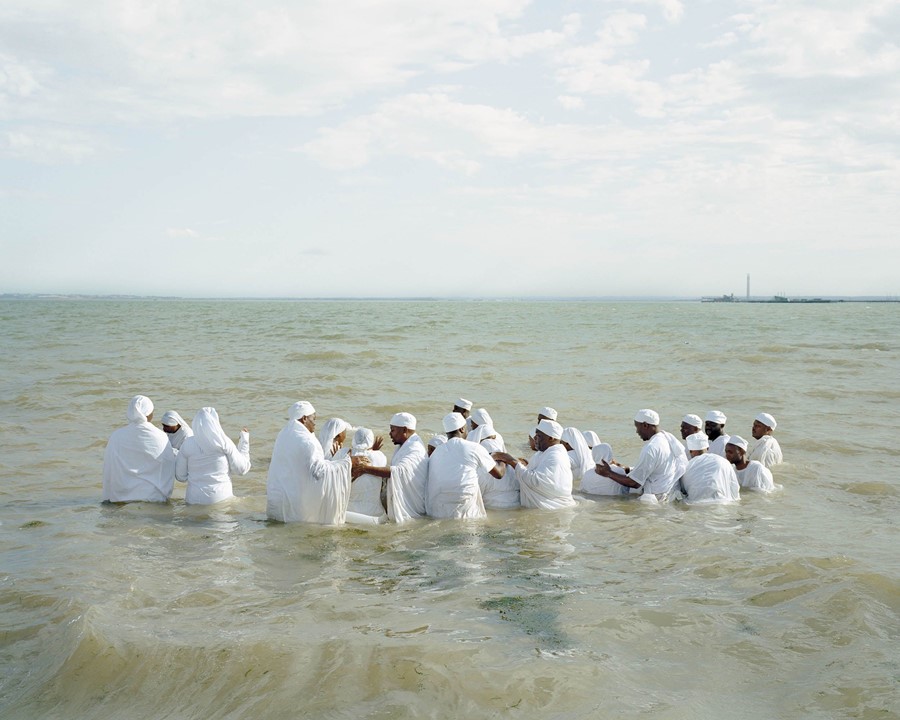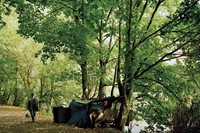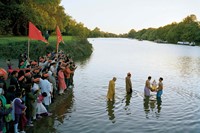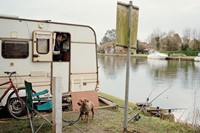Photographer Chloe Dewe Mathews spent five years capturing the secret life of the river, from its ancient pagan festivities to its contemporary religious rituals
For London-born photographer Chloe Dewe Mathews, the Thames has been a constant source of mystery. “I used to walk across the river every day, on my way to school, and clearly remember being fascinated by the muddy water rushing beneath me,” she says, fondly. “I wondered where it was going, and where it had come from.”
Her early fascination with the river carried over into adult life, with Dewe Mathews eventually embarking on a five-year quest to uncover its secrets. Equipped with her camera, she would walk from the water’s puddling source to its estuarial mouth, capturing the people, places, and objects she saw along the way.
The results are brought together in a new book titled Thames Log, which is published by Loose Joints & Martin Parr Foundation. In it, Dewe Mathews shares the “quieter, unexpected” side of the river, offering an alternative to the widely circulated tourist shots many of us have become accustomed to. Her work is less about the Thames’ majestic cityscapes, and more about humankind’s profound, ever-changing relationship to water.
During her travels, Dewe Mathews met ship-spotters, royal swan custodians, and sludge-dwelling mudlarks. She also witnessed a number of religious ceremonies, from ancient pagan festivities to contemporary rituals and ash scatterings. By documenting these moments, she invites viewers to see the more mystical, spiritual side of the Thames: a site which holds great symbolic importance to a diverse range of communities in and around the city.
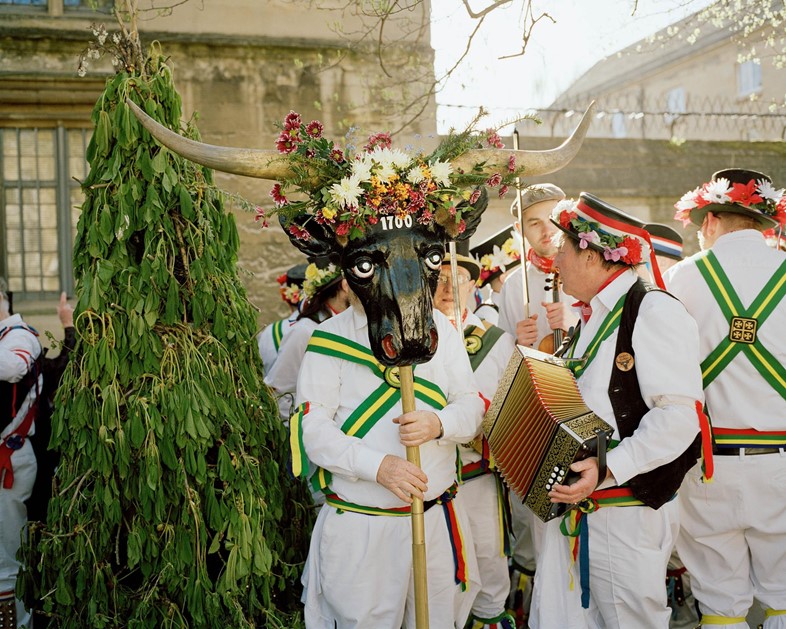
The project is also a reminder of the social importance of the river, despite the rapidly changing – and increasingly hostile – urban landscape that surrounds it. “The riverfront has changed dramatically over the last century,” Dewe Mathews says. “In my lifetime, the biggest change is the unbroken line of luxury flats that now stretch from Putney Bridge all the way to Vauxhall. It’s a symbol of the grotesque way in which so much of the capital has been commodified, widening the gulf between rich and poor.”
Dewe Mathews adds that, particularly between Fulham and Battersea, the view is dominated by “blocks of homogenous, often-vacant luxury flats” on both sides of the river. “It is a horrifying site,” the photographer says, finally. “My book was an attempt to explore more human, down-to-earth, alternative aspects of the river, a far cry from this bleak, dystopian vision.”
Thames Log, by Chloe Dewe Mathews, is published by Loose Joints & Martin Parr Foundation.
